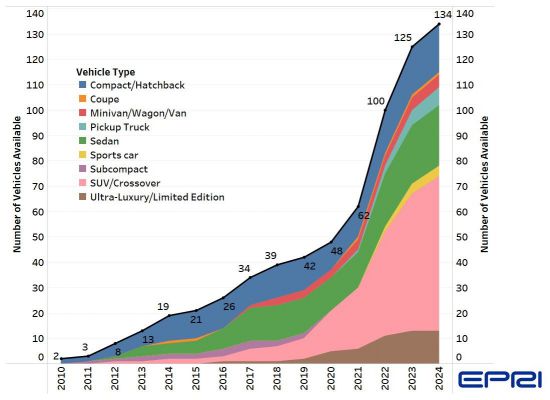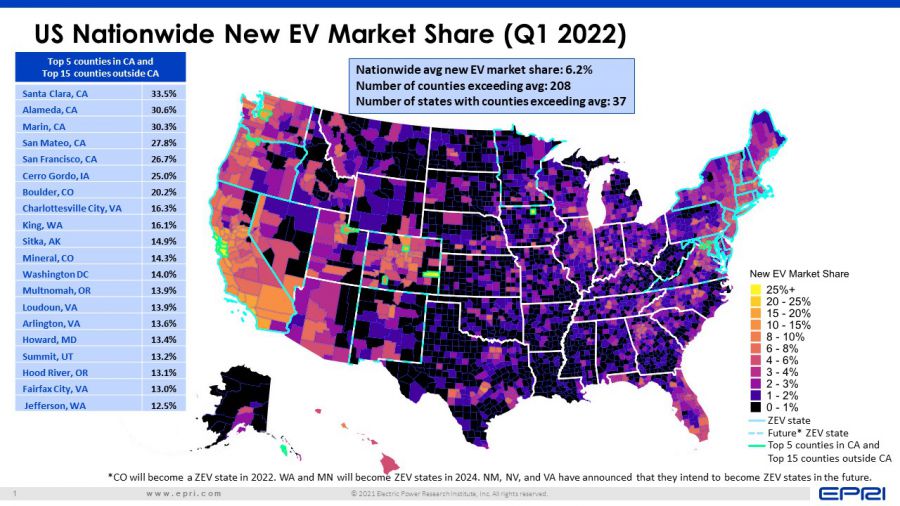Electric Transportation 101
Background Information
Industry Facts
Market transformation is underway and electric transportation is expanding quickly:
- At the end of 2019, nearly 1.4 million EVs were on the road in the United States—double the amount in mid-2017.
- Since December of 2021, there have been over 2.5 million EV sales
- New electric vehicles (EVs) added 8.25 terawatt-hours in annual energy load to the U.S. grid.
- Globally, EV sales have exceeded 6.6 million (8.5% of the market) despite a global pandemic. This is especially true where supported by strong policy and EV supply.
- By 2023, we can expect that there will be an availability of 80 models of medium- and heavy-duty EVs ranging from class 2 through 8.
- By 2024, the average driving range of fully-electric vehicles is expected to be approximately 430 km.
[UPDATE THE FOLLOWING]
- Global EV sales are accelerating, particularly in Europe and China.
- The diversity of products is growing quickly. In the United States, a total of 100 EV models are available, including recent releases of crossovers, trucks, and sports utility vehicles.
- Dozens of EV applications for commercial and industrial fleets are emerging, including deployments of electric garbage trucks, transit buses, and school buses.
- Between 2026 and 2028, EVs are expected to reach price parity with gasoline-fueled vehicles (depending on vehicle size).
Benefits for Society, Time-Sensitive Action
EVs are fun to drive, comfortable, safe, and convenient to refuel. They also offer a wide array of societal, climate, environmental and public health benefits:
- The gasoline-free driving experience offered by EVs can cut vehicle emissions - which is especially critical in frontline communities adjacent to heavily trafficked roadways.
- EVs help to shift our energy reliance to domestic sources.
- EVs can cost less to operate over their lifetime thanks to purchase incentives, lease options, and discounted electricity rates.
According to an EPRI-Natural Resources Defense Council study, widespread electric transportation powered by a cleaner grid has the potential to reduce greenhouse gases by as much as 77% between 2015 and 2050. However, EV market transformation is time-sensitive: Because cars sold today are expected to last an average of about 12 years—with many lasting a decade longer—postponing the scale-up of EVs could result in missing 2030 climate targets.

